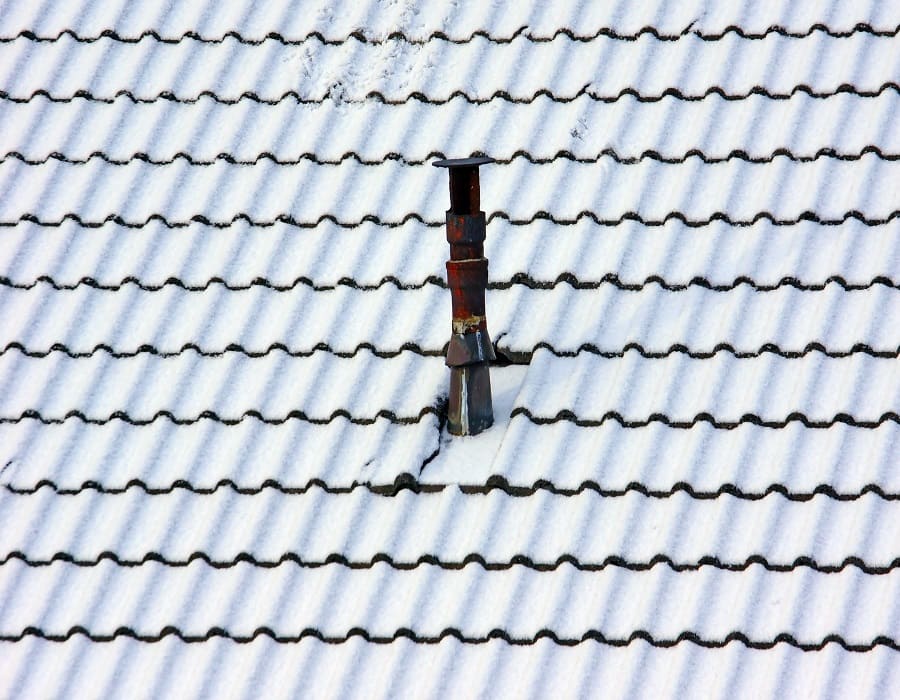It is a common question that how long can a house go without gutters? The importance of gutters in a home’s structural integrity and maintenance cannot be overstated. While they often go unnoticed, gutters play a crucial role in protecting your home from potential damage caused by rainwater.
In this article, we will explore what happens when a house goes without gutters, the potential consequences, and the considerations homeowners should be aware of.
The Purpose of Gutters
Before delving into the consequences of not having gutters, let’s first understand their primary functions. Gutters are designed to divert rainwater away from the foundation of a house.
By channelling water to designated downspouts, gutters prevent soil erosion, basement flooding, and damage to the exterior and interior of the home.
How long can a house go without gutters?
The length of time a house can go without gutters largely depends on various factors, including climate, local weather patterns, the design of the house, and the surrounding environment. While there’s no specific timeframe that universally applies, it’s essential to understand the potential consequences and risks associated with not having gutters.
What happens if you don’t have gutters on your house?
Living in a house without gutters can lead to various issues that affect both the immediate surroundings and the long-term structural integrity of the home. Here are the consequences of houses without gutters.
Interior Damage
- Soil Erosion:
Without gutters, rainwater can cascade directly off the roof, eroding the soil around the foundation. This erosion can weaken the foundation over time, leading to structural issues.
- Foundation Damage:
Excessive water pooling around the foundation can compromise its integrity. Cracks may develop, and the foundation may shift, causing a range of problems, from uneven floors to more severe structural issues.
- Basement and Crawlspace Issues:
Water runoff from the roof, if not properly directed away from the house, can infiltrate basements and crawlspaces. This may lead to dampness, mold growth, and structural damage. Moisture-related problems in these areas can pose health risks and necessitate extensive repairs.
- Pest Infestations:
Stagnant water around the foundation can attract pests such as mosquitoes, termites, and other insects. Additionally, the damp conditions created by uncontrolled water runoff can be conducive to mold growth, providing an environment that attracts pests.
- Risk of Water Infiltration:
House without gutters , water may find its way into the house through vulnerable points such as windows, doors, or any openings in the exterior. Water infiltration can cause interior damage, including ruined drywall, warped wood, and potential damage to belongings.
Exterior Damage
- Landscaping Impact:
Uncontrolled water runoff can adversely affect landscaping. Plants, flowers, and trees near the house may suffer from excess water, erosion, or displacement of soil. This can impact the overall aesthetics of the property and require additional attention to maintain a visually pleasing landscape.
- Siding and Paint Damage:
The lack of gutters allows rainwater to freely flow down the sides of the house. This can lead to stains, paint damage, and deterioration of siding materials. Over time, the exterior appearance of the house can suffer, requiring additional maintenance and potential renovations.
Long-Term Consequences
- Structural Instability:
Over time, the cumulative effects of soil erosion and foundation damage can result in structural instability. This may necessitate extensive and costly repairs to restore the home’s integrity.
- Mold and Mildew Growth:
Moisture accumulation in and around the home creates an ideal environment for mold and mildew growth. This not only poses health risks but also requires remediation efforts that can be time-consuming and expensive.
Financial Implications
- Repair Costs:
Living without gutters can lead to a cascade of issues, each requiring its own set of repairs. From foundation repairs to fixing water damage inside the home, the financial burden can become substantial.
- Decreased Home Value:
Houses without gutters may be perceived as properties requiring additional maintenance and repairs. Potential buyers might be deterred by the lack of a proper drainage system, leading to a decrease in the resale value of the home and potentially longer time on the market.
Installation Considerations
- Choosing the Right Gutters:
Homeowners contemplating gutter installation should consider the variety of gutter options available, including materials, sizes, and styles, to ensure optimal performance and longevity.
- Professional Installation vs. DIY:
While some homeowners may attempt a do-it-yourself gutter installation, professional installation ensures that gutters are properly positioned and effectively channel rainwater away from the home.
From the above consequences, it can be said that no gutters on house.
Conclusion
In conclusion, how long can a house go without gutters? The absence of gutters can lead to a myriad of problems, ranging from immediate issues like soil erosion and foundation damage to long-term consequences such as structural instability and mold growth.
Homeowners are urged to recognize the importance of gutters in maintaining the integrity of their homes and to consider the potential financial and structural implications of living without this essential component.

